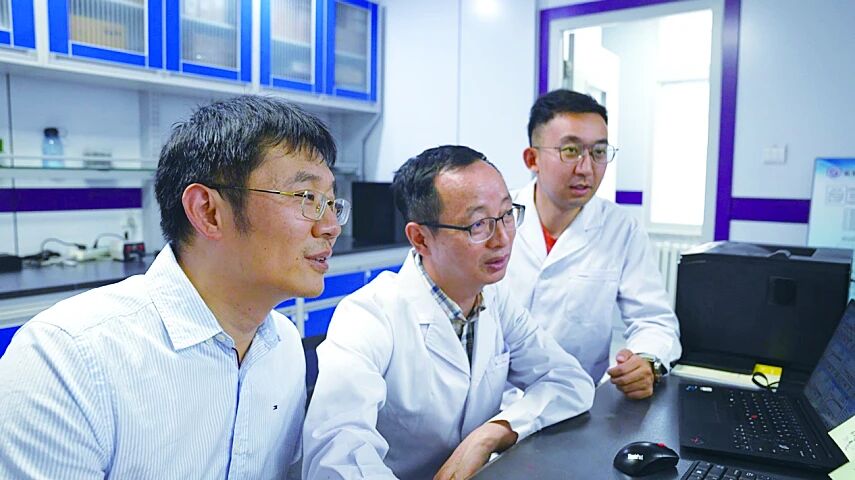山东省科技厅发布关于集中申报省基金项目的通...
捕捉大地脉动,他们与地质灾害“赛跑”
bet36体育在线:工程院院士丛斌、bet36体育投注:院院士卢柯卸...
2026年国自然限项申请规定
2026国自然:为男35/女38岁以下单设“青A”赛...
两位院士提名,韦东奕入围
- ·刚刚!国家基金委发布2个项目申报指南
- ·海南省脑空间信息学与脑机接口技术创新中心揭...
- ·“身心相连”有了科学依据
- ·南昌大学团队攻克硅负极材料“膨胀”难题
- ·海南省发布2025年度科学技术奖提名工作通知
- ·2026年度江西省管理科学项目申报指南发布
- ·嫦娥六号月球样品中首次发现天然单壁碳纳米管...
- ·大学要算好AI赋能教学的成本收益账
- ·每人50万激励!首届腾讯青云奖学金获奖者名单...
- ·22处调整!2026国自然申请指南主要变化盘点
- ·2025年度海南省科学技术奖提名工作启动
- ·高校教师失范事件频发背后的生态危机
- ·张宏达:为普洱茶正名
- ·2026年度国自然八大学部重点项目资助领域
- ·北京市科学技术奖杰出青年中关村奖评审结果公...











































